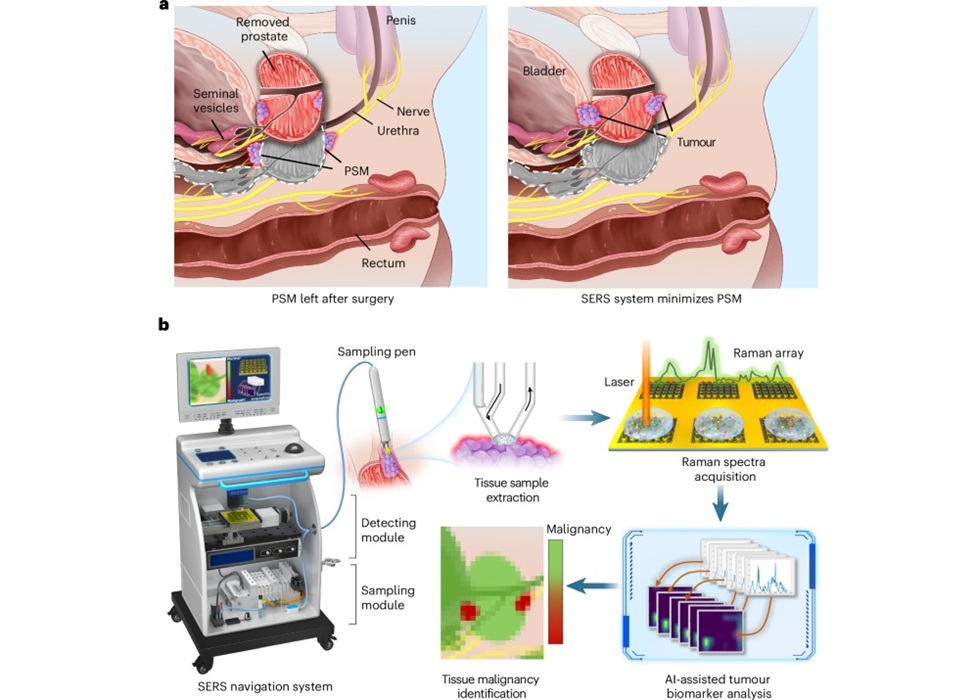Skin Patch Activates New Gene Switch to Treat Diabetes
|
By HospiMedica International staff writers Posted on 17 Feb 2025 |
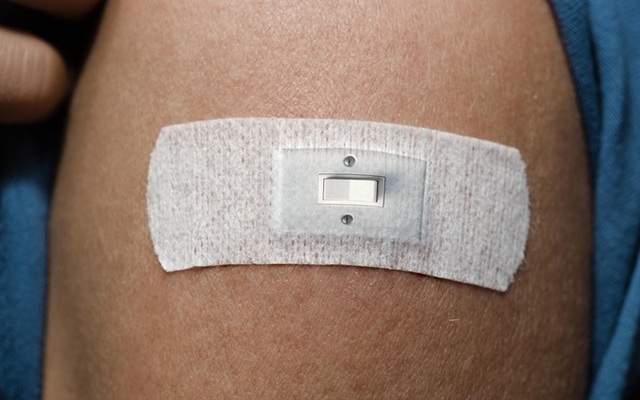
The body carefully and continuously regulates its metabolism, with specialized cells in the pancreas constantly monitoring the blood sugar levels, for instance. When blood sugar rises after a meal, the body initiates a signal cascade to lower it back to normal levels. However, in individuals with diabetes, this regulatory mechanism no longer functions properly. As a result, they experience high blood sugar and must measure their levels regularly and inject insulin to manage it. This method, while effective, is less precise compared to the body's natural regulation. Researchers are focusing on cell therapies, where they modify cells to restore disrupted metabolic functions. These therapies require suitable switches, created through biotechnology, to prompt modified cells to release chemical messengers that regulate metabolism. Now, researchers have developed a gene switch that can be activated with commercially available nitroglycerine patches. The long-term goal is to bring this cell therapy to market, although it will take at least ten years to achieve.
Researchers at ETH Zurich (Zurich, Switzerland) have been working on cell therapies with the hope of one day treating or even curing metabolic diseases like diabetes in a personalized and precise manner. To make cell therapies work, the researchers alter human cells by incorporating a network of genes that grant the cells specific abilities. These cells are then implanted under the skin, and the network is activated by a particular external trigger. Over the past two decades, the ETH professor has developed various gene switches that respond to physical stimuli such as electricity, sound waves, or light. The research team at ETH has now developed a new variant, which they introduced in the journal Nature Biomedical Engineering.
The researchers believe that this latest solution is the most advanced gene switch they have created. The switch is activated using nitroglycerine, a well-known and widely used substance, and its application is simple: it only requires applying a patch to the skin. These patches are readily available in pharmacies in different sizes. Nitroglycerine quickly diffuses from the patch into the skin, where it interacts with an implant containing modified human kidney cells. These cells are designed to capture the nitroglycerine and have an enzyme that converts it into nitric oxide (NO), a natural signaling molecule. In the body, NO normally causes blood vessels to expand, increasing blood flow, but it is broken down within seconds, limiting its effect to a very localized area.
The modified cells in the implant are engineered so that NO triggers the production and release of GLP-1, a chemical messenger that enhances insulin secretion from the pancreas’s beta cells, helping regulate blood sugar. GLP-1 also induces a feeling of fullness, reducing food intake. This new switch is made entirely of human components—there are no materials from other species involved. The development of these gene-switch-based cell therapies is complex and time-consuming. Thus far, the focus has been primarily on diabetes, one of the most widespread metabolic diseases affecting one in ten people. However, these cell therapies could also be applied to treat other metabolic, autoimmune, or even neurodegenerative diseases, as they all require dynamic regulation.
“Physical triggers are interesting because we don’t need to use molecules that interfere with the body’s own processes,” said Martin Fussenegger, Professor of Biotechnology and Bioengineering at the Department of Biosystems Science and Engineering of ETH Zurich. “I therefore think electrogenetic cell therapies have the best chances of implementation. In terms of chemical switches, I see the new solution as being in pole position.”
Latest Critical Care News
- Magnetically Guided Microrobots to Enable Targeted Drug Delivery

- Smart Nanomaterials Detect and Treat Traumatic Brain Injuries Simultaneously
- Earlier Blood Transfusion Could Reduce Heart Failure and Arrhythmia in Heart Disease Patients
- 'Smart' Shirt Detects Epileptic Seizures in Real Time
- Skin Patch Measures Effectiveness of Flu/COVID Vaccines in 10 Minutes
- Complete Revascularization Reduces Risk of Death from Cardiovascular Causes
- Tiny Fish-Inspired Robots Navigate Through Body to Deliver Targeted Drug Therapy
- Coronary Artery Stenosis Could Protect Patients from Pulmonary Embolism Effects
- Sweat-Powered Sticker Turns Drinking Cup into Health Sensor
- Skin-Mounted 3D Microfluidic Device Analyzes Sweat for Real-Time Health Assessment
- New Therapeutic Brain Implants to Eliminate Need for Surgery
- Stem Cell Patch Gently Heals Damaged Hearts Without Open-Heart Surgery
- Biomaterial Vaccines to Make Implanted Orthopedic Devices Safer
- Deep Learning Model Predicts Sepsis Patients Likely to Benefit from Steroid Treatment
- Programmable Drug-Delivery Patch Promotes Healing and Regrowth After Heart Attack
- Breakthrough Ultrasound Technology Measures Blood Viscosity in Real Time
Channels
Surgical Techniques
view channel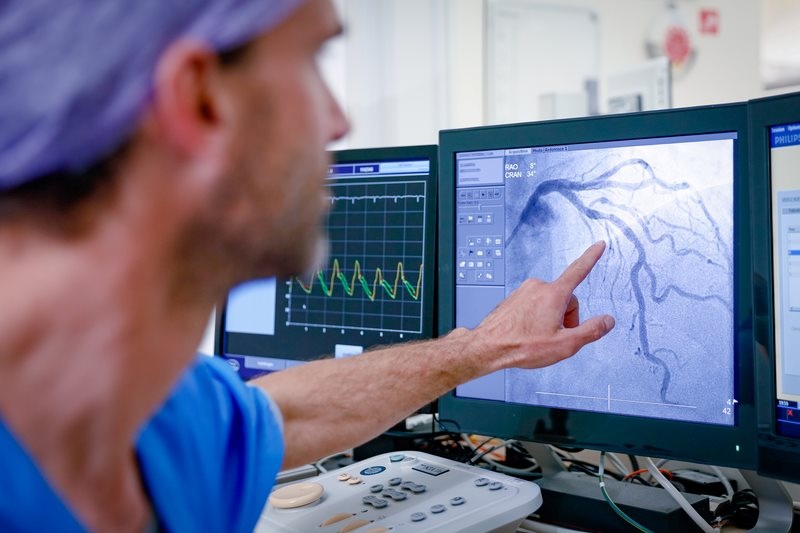
New Study Findings Could Halve Number of Stent Procedures
When a coronary artery becomes acutely blocked during a heart attack, opening it immediately is essential to prevent irreversible damage. However, many patients also have other narrowed vessels that appear... Read more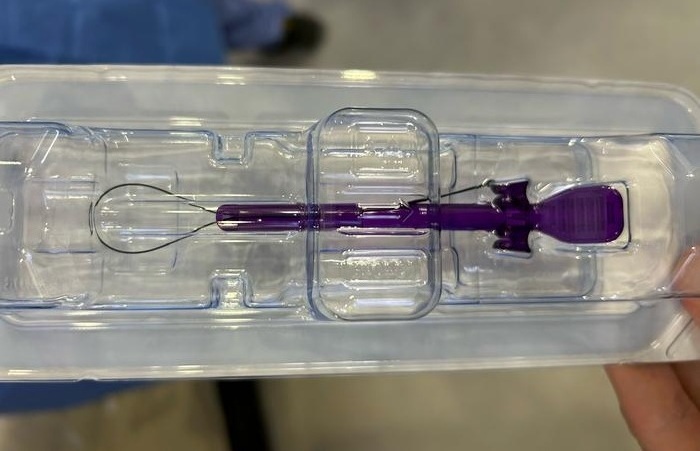
Breakthrough Surgical Device Redefines Hip Arthroscopy
Hip arthroscopy has surged in popularity, yet surgeons still face major mechanical constraints when navigating deep joint spaces through traditional cannulas. Limited tool mobility and the need for an... Read morePatient Care
view channel
Revolutionary Automatic IV-Line Flushing Device to Enhance Infusion Care
More than 80% of in-hospital patients receive intravenous (IV) therapy. Every dose of IV medicine delivered in a small volume (<250 mL) infusion bag should be followed by subsequent flushing to ensure... Read more
VR Training Tool Combats Contamination of Portable Medical Equipment
Healthcare-associated infections (HAIs) impact one in every 31 patients, cause nearly 100,000 deaths each year, and cost USD 28.4 billion in direct medical expenses. Notably, up to 75% of these infections... Read more
Portable Biosensor Platform to Reduce Hospital-Acquired Infections
Approximately 4 million patients in the European Union acquire healthcare-associated infections (HAIs) or nosocomial infections each year, with around 37,000 deaths directly resulting from these infections,... Read moreFirst-Of-Its-Kind Portable Germicidal Light Technology Disinfects High-Touch Clinical Surfaces in Seconds
Reducing healthcare-acquired infections (HAIs) remains a pressing issue within global healthcare systems. In the United States alone, 1.7 million patients contract HAIs annually, leading to approximately... Read moreHealth IT
view channel
EMR-Based Tool Predicts Graft Failure After Kidney Transplant
Kidney transplantation offers patients with end-stage kidney disease longer survival and better quality of life than dialysis, yet graft failure remains a major challenge. Although a successful transplant... Read more
Printable Molecule-Selective Nanoparticles Enable Mass Production of Wearable Biosensors
The future of medicine is likely to focus on the personalization of healthcare—understanding exactly what an individual requires and delivering the appropriate combination of nutrients, metabolites, and... Read moreBusiness
view channel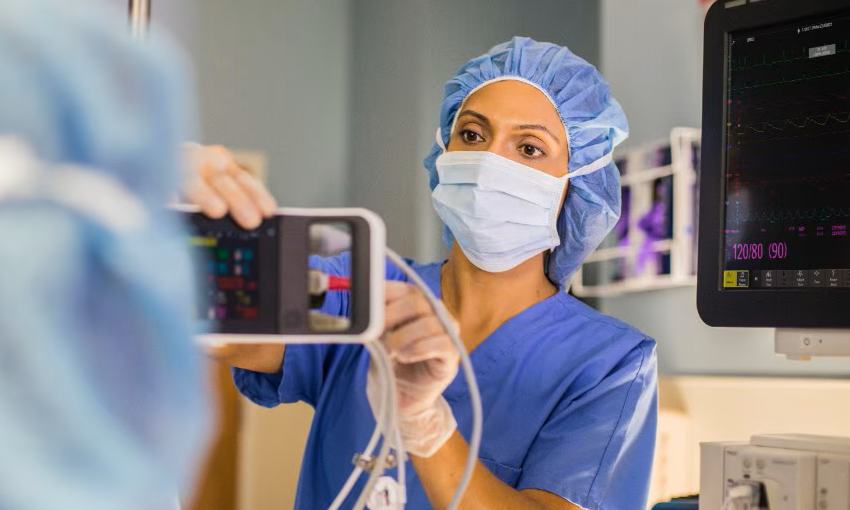
Philips and Masimo Partner to Advance Patient Monitoring Measurement Technologies
Royal Philips (Amsterdam, Netherlands) and Masimo (Irvine, California, USA) have renewed their multi-year strategic collaboration, combining Philips’ expertise in patient monitoring with Masimo’s noninvasive... Read more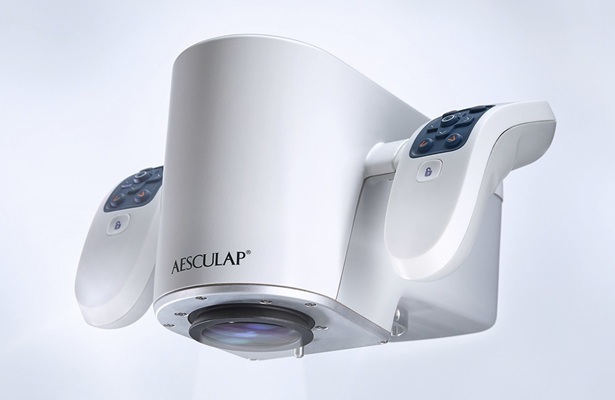
B. Braun Acquires Digital Microsurgery Company True Digital Surgery
The high-end microsurgery market in neurosurgery, spine, and ENT is undergoing a significant transformation. Traditional analog microscopes are giving way to digital exoscopes, which provide improved visualization,... Read more
CMEF 2025 to Promote Holistic and High-Quality Development of Medical and Health Industry
The 92nd China International Medical Equipment Fair (CMEF 2025) Autumn Exhibition is scheduled to be held from September 26 to 29 at the China Import and Export Fair Complex (Canton Fair Complex) in Guangzhou.... Read more












